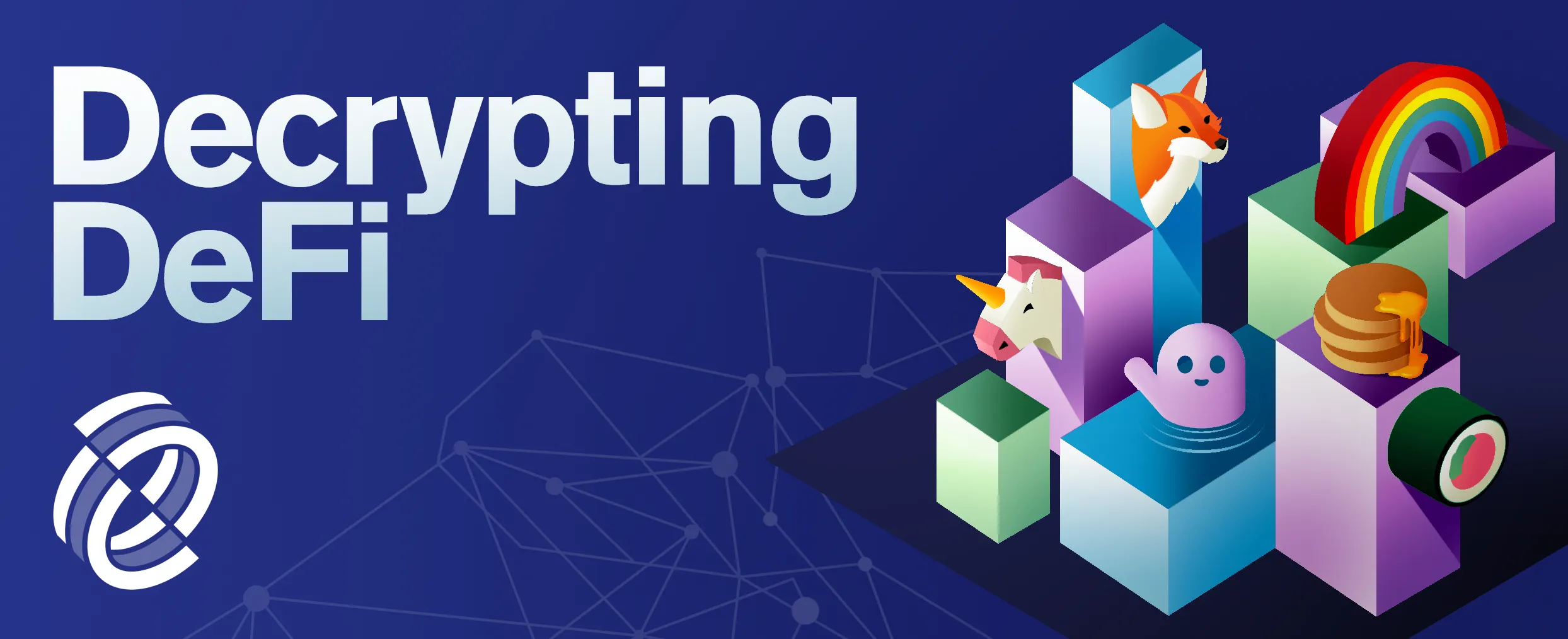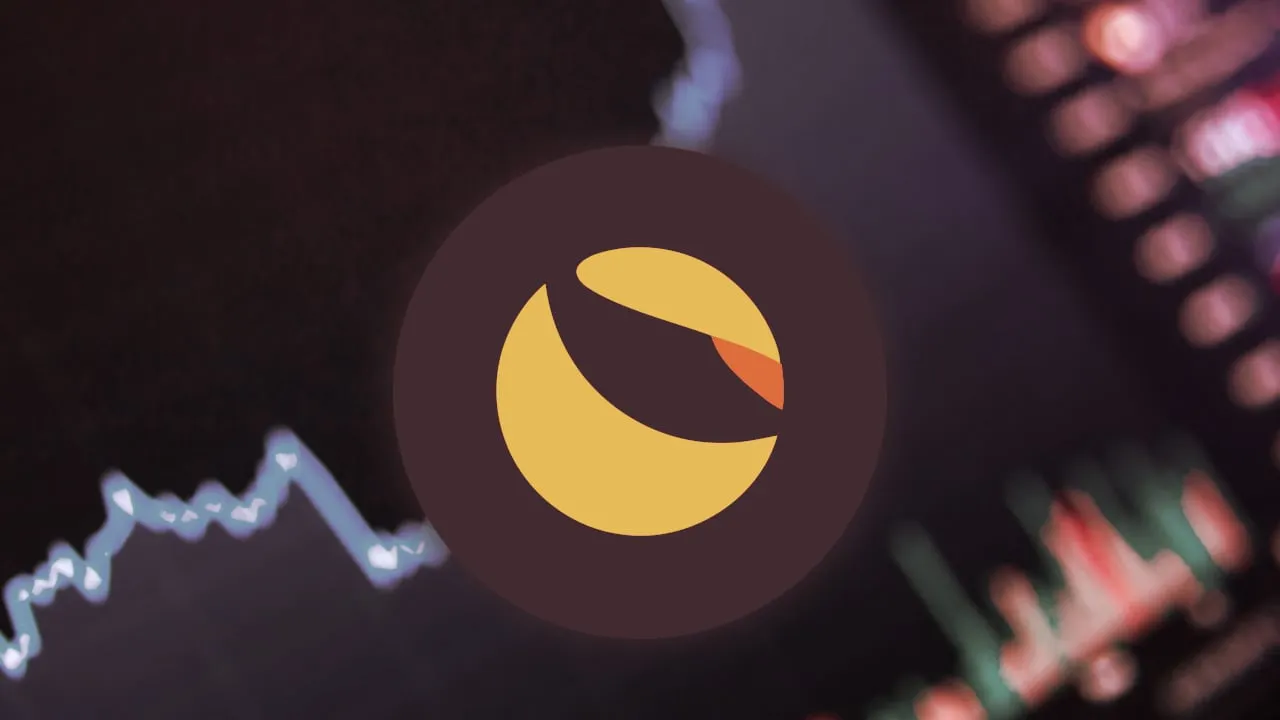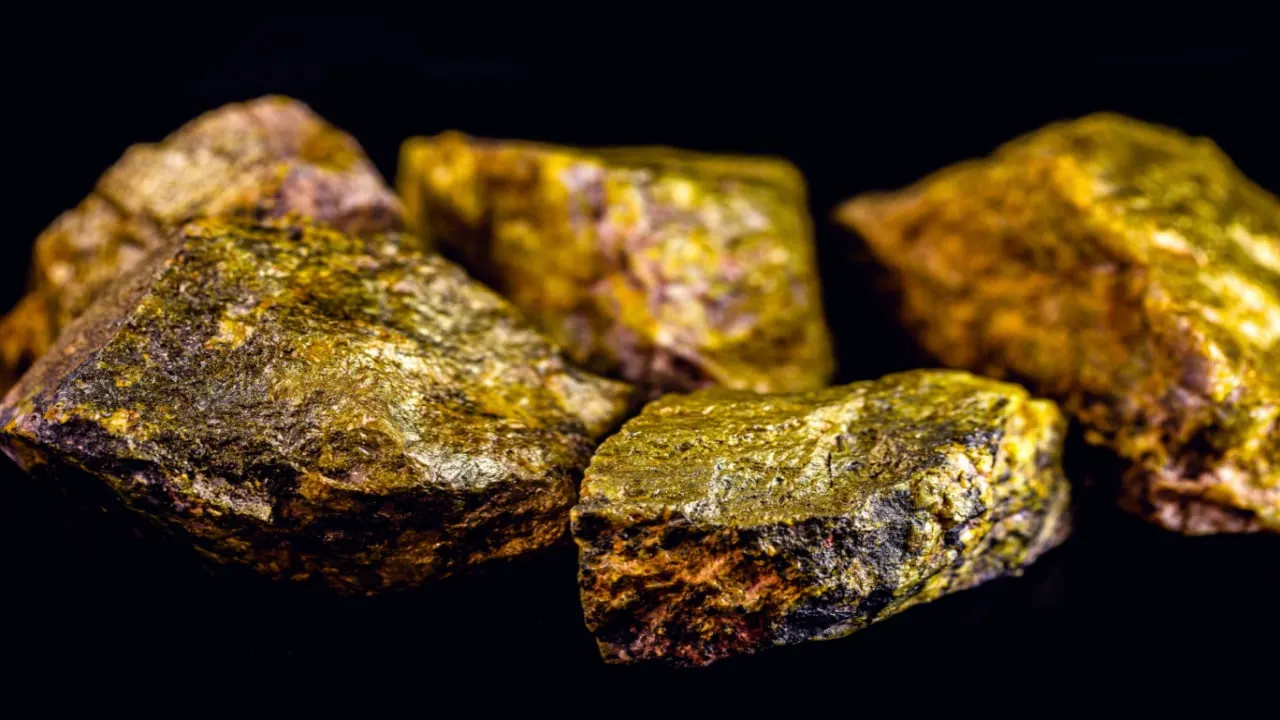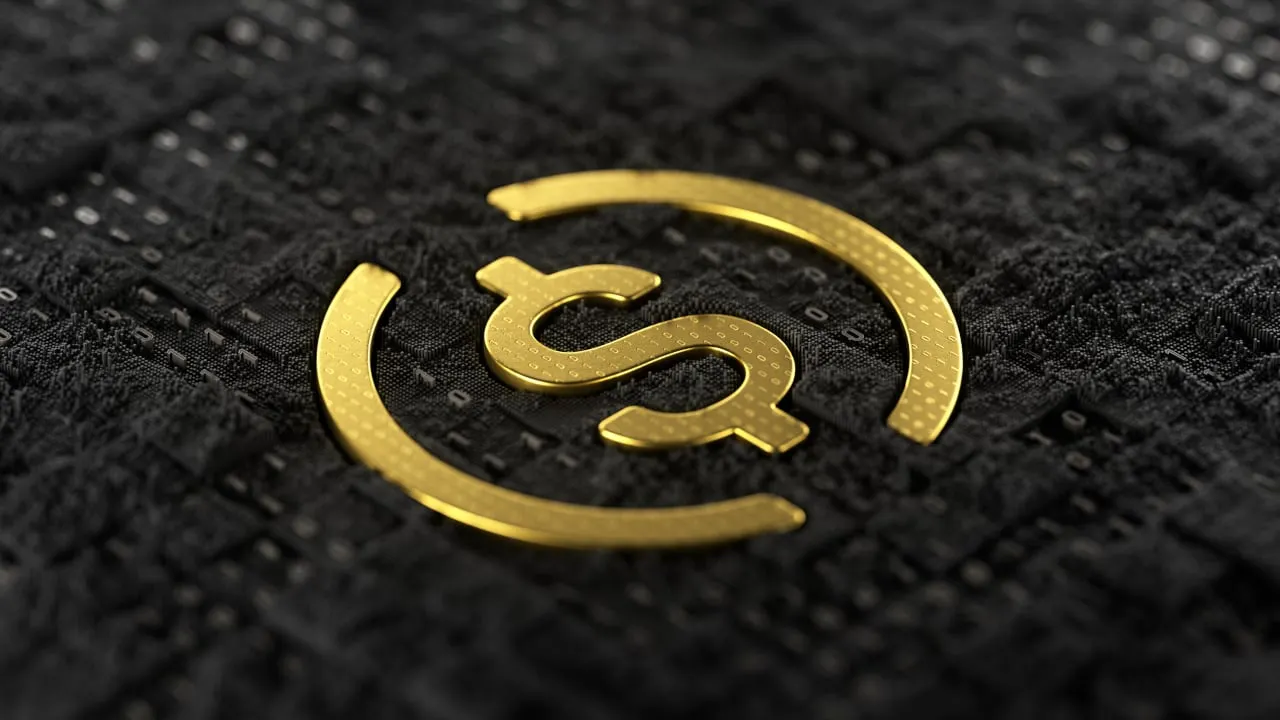
Amid last weekend’s crypto carnage, LUNA looked like the only safety net for investors. When Bitcoin fell more than 18% and Ethereum fell roughly 17% between Friday and Saturday, LUNA dropped too—but one day later, on Sunday, the token mounted an impressive rally and hit a new high of $77.73 while BTC and ETH were still struggling.
Naturally, any financial instrument that’s able to weather such a storm (and come out stronger) is going to be catnip for investors.
But crypto investors have been interested in LUNA for some time now. The token has essentially hit an all-time high almost every day for a week.
Unlike popular meme coins like DOGE or SHIB, LUNA also has some pretty hefty tokenomics at work. Besides taking on DAI as the next-best decentralized stablecoin, the broader Terra ecosystem is emerging as a formidable potential (dare we say) “Ethereum killer."
So, let’s unpack what’s happening, why it matters, and how developments on Terra are causing such a boom in the price of LUNA.
First things first: TerraUSD (UST) exists first and foremost as a stablecoin creator. You can create pretty much any fiat-pegged token using Terra, be it the euro or the greenback. This stablecoin isn’t actually backed by anything (or, at least, make claims of backing) like Tether or USDC, nor is it overcollateralized like Maker’s DAI. (DAI is created when users lock up more than 100% of another cryptocurrency, like Ethereum or USDC, as collateral.)
TerraUSD doesn’t use either of these mechanisms.
Instead, it's neatly tied to LUNA, the Terra equivalent of Ethereum’s ETH. Any time someone wants to mint UST, they must also burn a dollar-equivalent amount of LUNA (and vice versa). If you wanted to mint 50 UST (~$50), then you’d need to burn roughly 0.774 LUNA (at today’s prices). Basically, 1 UST can always be burned for $1 in LUNA.
The mint/burn mechanism, plus some market-savvy arbitragers, also help keep UST from trading too far above or below its discount.
This is all relevant for why LUNA may have boomed recently. Stay with us here.
UST can trade a few pennies above its peg because there is a higher demand for the stablecoin than there is supply. When that happens, an arbitrage opportunity emerges. If UST is priced at $1.03, for example, then LUNA holders can burn $1 of LUNA to create 1 UST. They can then sell that UST and make a small $0.03 profit. Here, LUNA is destroyed to increase the supply of UST.
If UST is trading at a discount, like $0.97, then the opposite trade presents a similar opportunity. Users would be incentivized to purchase the discounted UST, then swap it for $1 of LUNA. In this environment, UST is burned and the supply is reduced.
But you might ask: Who cares about pennies-worth of arbitrage opportunities?
Great question.
The reason this matters is because a solid stablecoin (i.e., one that holds its peg through thick and thin) is key to anything you want to do in the world of DeFi. What’s more, the Terra ecosystem is closed to other popular stablecoins; there is only UST to move stable value.
And as DeFi protocols begin popping up left and right within the Terra ecosystem, users need UST to do their business. Projects like Anchor Protocol, which lets you earn 20% on your UST, or Mirror, which lets users create synthetic stocks that track the likes of Apple, Google, and Tesla, have gained serious traction already.
This time last year, there was less than $50,000 in different DeFi projects. Today, Terra hosts nearly $13 billion in just ten different projects.

Let’s put all of this together now. As Terra-based DeFi booms, users within (and without) are going to need UST to interact with various protocols. This demand will put pressure on the stablecoin, potentially pushing it above $1.
As outlined above, whenever there’s a premium on UST, savvy traders are incentivized to buy LUNA and burn it to mint UST and capture that premium.
The act of buying and destroying a token, from a purely supply-and-demand perspective, will raise the price of the token. So the growth of DeFi using Terra has been supremely bullish for its native token.
The catch, of course, is whether this growth continues. While Terra is going after DAI, could something else overtake Terra?
Decrypting DeFi is our weekly DeFi newsletter, always led by this essay. Subscribers to our emails get to read the essay first, the day before it goes on our site. Subscribe here.




